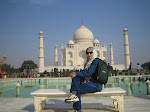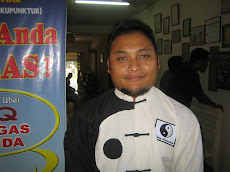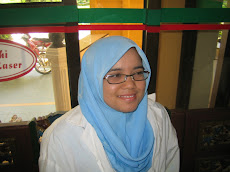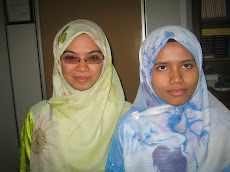The Spread of Homeopathy
In the UK, homeopathy was established by Dr Frederick Quin (1799-1878) at around 1827 (Two Italian homeopathic doctors (Drs Romani and Roberta) had been employed two years previously by the Earl of Shrewsbury, but had quickly returned to Naples as they could not tolerate the damp English climate.) Quin contracted cholera in 1831 while travelling in Moravia, and attributed his cure to his use of the homeopathic remedy Camphor.
*
Quin, allegedly the illegitimate son of the Duchess of Devonshire, had excellent social connections, and homeopathy soon became the preferred treatment of the upper classes: the Dukes of Edinburgh and Beaufort were among Quin's patients, and he became physician to the Duchess of Cambridge. At its peak in the 1870s, there were large hospitals in Liverpool, Birmingham, Glasgow, London and Bristol [16]; the Bristol hospital was funded by the W.D. & H.O. Wills tobacco family, while the 'Hahnemann Hospital' in Liverpool was built by members of the Tate family of sugar importers, who also funded the Tate Gallery in London.
*
The primary reason that homeopathy became popular in the 19th century was the remarkable results that homeopathic physicians experienced in treating people suffering from the infectious disease epidemics that raged at the time. [10] [11] Epidemics of cholera, scarlet fever, typhoid, and yellow fever were rampant and killed large numbers of people who became ill with them. And yet, death rates in homeopathic hospitals were commonly one-half or even one-eighth of the death rates in the conventional medical hospitals.
*
From the very beginnings of homeopathy, its claims were treated with skepticism by the medical and scientific establishments. Sir John Forbes (1787-1861), physician to Queen Victoria, declared in 1861 that most cases of disease which recover under homeopathy "recover by means of the curative powers of Nature alone." He concluded that homeopathy is "one of the greatest delusions...of the healing art" and the only good it brings is by lessening "the monstrous polypharmacy which has always been the disgrace of our art - by at once diminishing the frequency of administration of drugs and lessening their dose." Professor Sir James Young Simpson said, of the highly diluted drugs, that there is "no poison, however strong or powerful, the billionth or decillionth of which would in the least degree affect a man or harm a fly."
Homeopathy came to India with Dr Martin Honigberger (1795-1869) in 1829-30. India now has the largest homeopathic infrastructure in the world, with 300,000 qualified homeopaths, 180 colleges, 7500 government clinics, and 307 hospitals, and 10% of the population are estimated to use homeopathy exclusively for their medical needs. [13]
Homeopathy was brought to the USA by Dr Hans Burch Gram (1787-1840) in 1825 and became popular there partly because of the excesses of conventional medicine, partly because of the impressive results it experienced in the treatment of infectious disease epidemics of the day, and partly by the influence of Constantine Hering (1800-1880). Hering immigrated to America in 1833 and became known as the 'father of American homeopathy' due to authoring textbooks for practicing homeopaths as well as books for the general public on how to use homeopathic medicines in home care Hering's contributions to the theory of homeopathy include his "laws" of cure. He proposed that healing proceeds (and symptoms disappear):
From above downwards.
From within outwards.
From a more important organ to a less important one.
In the reverse order of their coming.
Homeopathy In US
By 1900, hardly any city in the USA with a population of more than 50,000 was without a homeopathic hospital, but in the 1930s, the popularity of homeopathy waned, partly due to the Flexner Report of 1910, which led to the closure of virtually all medical schools teaching alternative medicine, and by the 1950s, homeopathy had almost disappeared. Nevertheless, in 1995 sales of homeopathic remedies were estimated at US$201 million, and the number of homeopaths increased from less than 200 in the 1970s to about 3,000 in 1996.
Tuesday, March 31, 2009
Subscribe to:
Post Comments (Atom)
















No comments:
Post a Comment